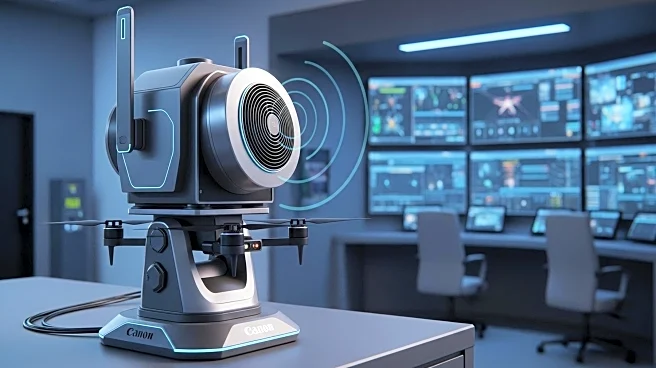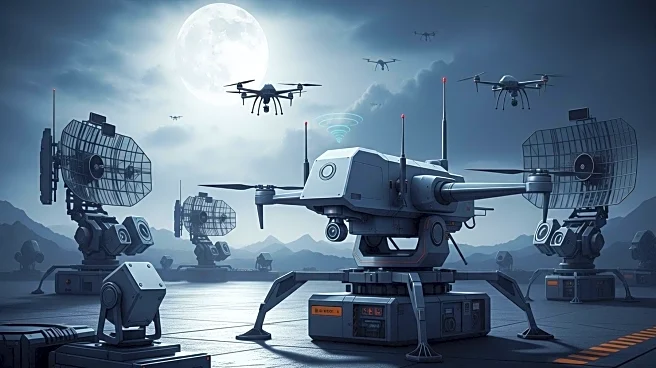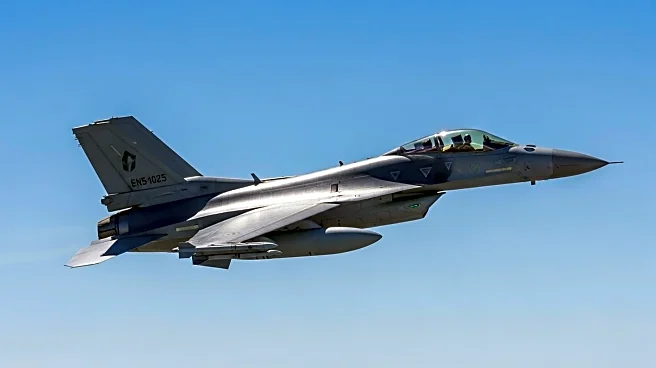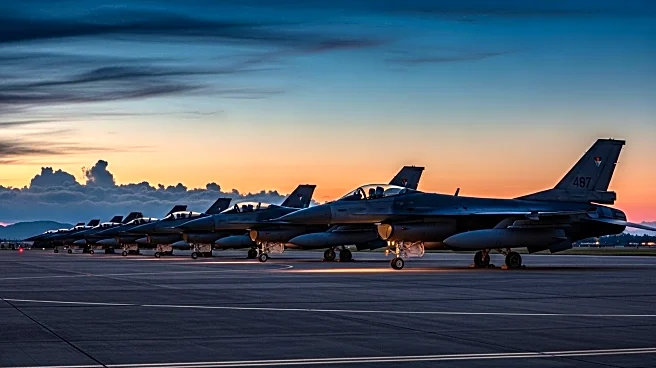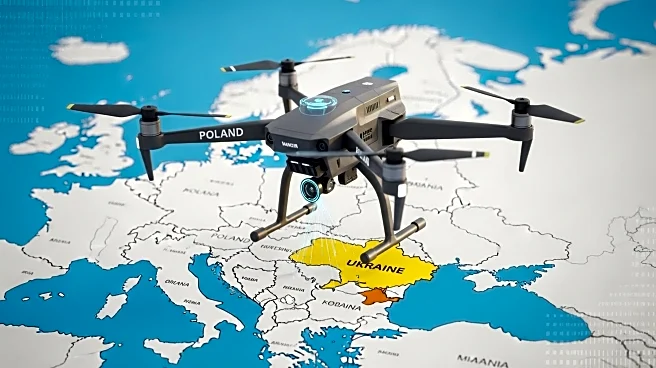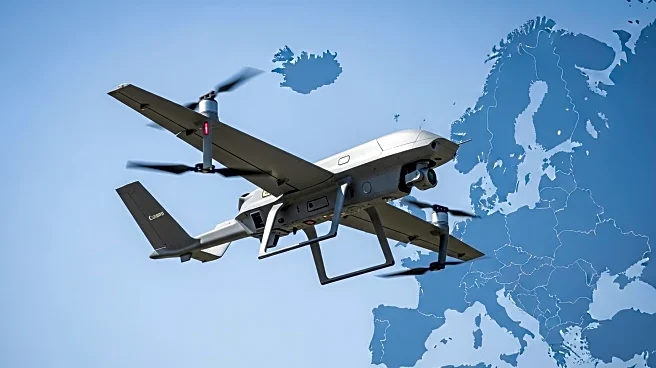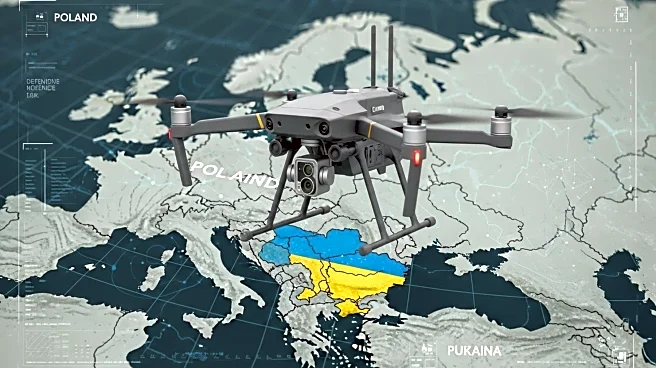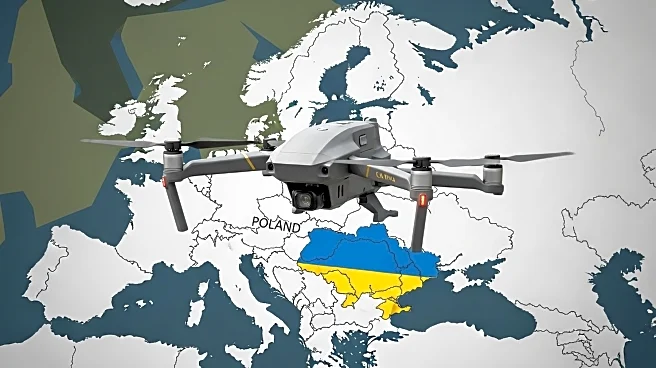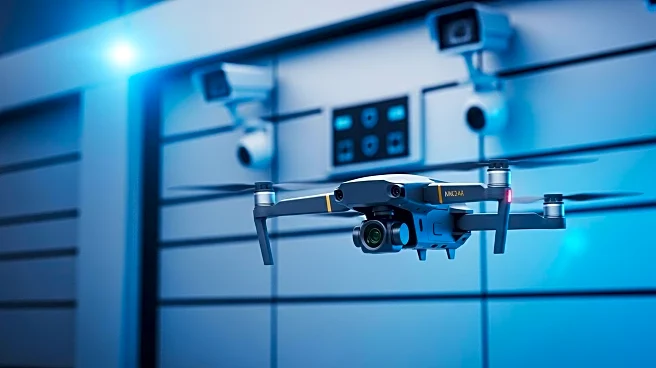What's Happening?
NATO is grappling with the challenge of countering Russia's growing drone threat, as evidenced by recent incursions into NATO airspace. Poland recovered fragments of Gerbera drones, which are inexpensive decoys used by Russia. The cost disparity between these drones and NATO's multimillion-dollar fighter jets highlights a significant issue in defense strategy. Despite NATO's ability to counter large-scale drone attacks, the financial burden of such defenses is unsustainable. The war in Ukraine has accelerated the need for innovative defense technologies, but NATO's procurement systems are slow to adapt. Companies like MARSS and Robin Radar Systems are developing advanced interceptor drones, yet face bureaucratic hurdles in deployment.
Why It's Important?
The increasing use of drones by Russia poses a significant threat to NATO's defense capabilities, highlighting the need for cost-effective solutions. The current cost asymmetry between inexpensive drones and expensive defense systems could strain NATO's resources. This situation underscores the importance of adapting procurement processes to rapidly integrate new technologies. The war in Ukraine serves as a testing ground for these innovations, pushing NATO to reconsider its approach to defense technology. The ability to effectively counter drone threats is crucial for maintaining security and stability in Europe, impacting military strategies and defense budgets.
What's Next?
NATO is expected to evaluate new technologies and streamline procurement processes to address the drone threat more effectively. Companies like Tekever and Origin Robotics are expanding production capabilities to meet demand. The US Department of War is taking steps to remove bureaucratic barriers in drone acquisition. As Russia continues to produce drones at high volumes, NATO must accelerate the adoption of experimental technologies and increase production of low-cost missiles. The focus will be on achieving a balance between high-end capabilities and cost-effective solutions to ensure sustainable defense strategies.
Beyond the Headlines
The drone threat raises ethical and strategic questions about modern warfare and defense spending. The reliance on drones and counter-drone technologies could shift military tactics and influence geopolitical dynamics. The need for rapid innovation may lead to closer collaboration between governments and private industry, potentially reshaping defense procurement practices. The situation also highlights the importance of international cooperation in addressing asymmetric threats and maintaining global security.

